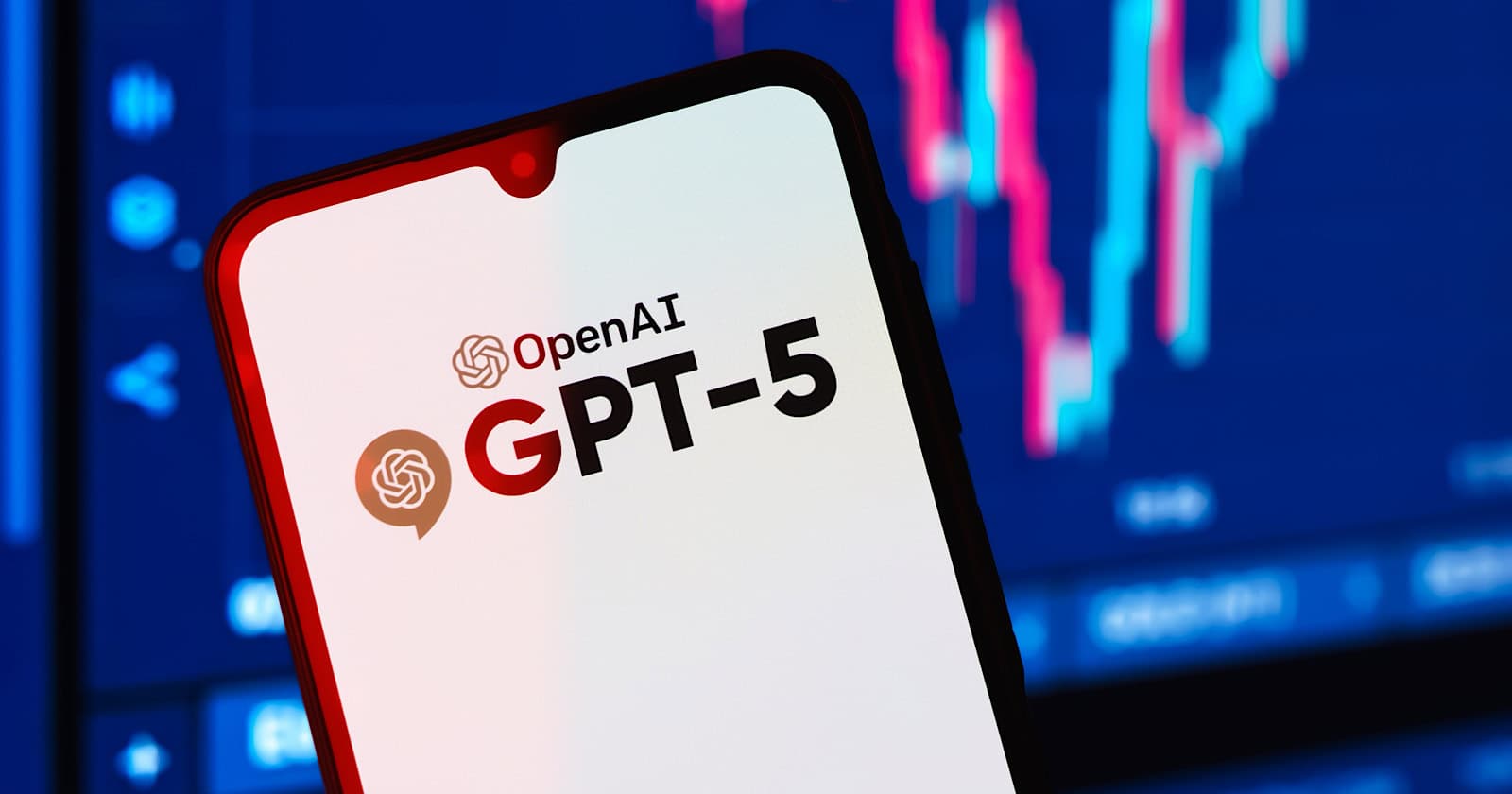OpenAI Unleashes GPT-5, Promising 'Smarter, Faster' AI Across Diverse Applications

OpenAI has officially rolled out GPT-5, its latest flagship artificial intelligence model, marking a significant advancement in the capabilities of large language models. The new iteration, which is now accessible to all ChatGPT users and developers via API, boasts substantial improvements in speed, intelligence, and overall utility. The release has already garnered attention from users, with @shyamal noting on social media, "> gpt-5 should be a lot faster in cursor now!"
GPT-5 is specifically engineered to be "smarter, faster, and a lot more useful," particularly excelling in complex coding tasks. It can handle end-to-end programming challenges, generate front-end user interfaces with minimal prompting, and offers enhanced debugging capabilities. This focus on efficiency and responsiveness directly addresses the demand for quicker and more integrated AI assistance within development and interactive environments.
Beyond its speed, GPT-5 represents a "significant leap in intelligence" across a broad spectrum of domains, including mathematics, writing, finance, and legal analysis. The model incorporates dynamic reasoning, enabling it to adapt its processing time—thinking longer for intricate problems and providing rapid responses for simpler queries. This adaptive approach is designed to deliver higher accuracy and a notably reduced hallucination rate compared to its predecessors.
The new model functions as a unified system, integrating advanced multimodality for improved audio and visual perception. OpenAI has also highlighted GPT-5's enhanced agentic capabilities, allowing it to autonomously manage multi-step tasks. This positions GPT-5 as a tool capable of more proactive and complex interactions, moving beyond the traditional chatbot paradigm.
GPT-5 is available in various versions, including gpt-5, gpt-5-mini, and gpt-5-nano, to cater to diverse performance and cost requirements. OpenAI CEO Sam Altman characterized GPT-5 as "a significant step along the path to AGI," underscoring its generally intelligent nature and its potential to revolutionize business operations and user experiences across industries.